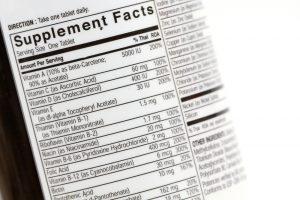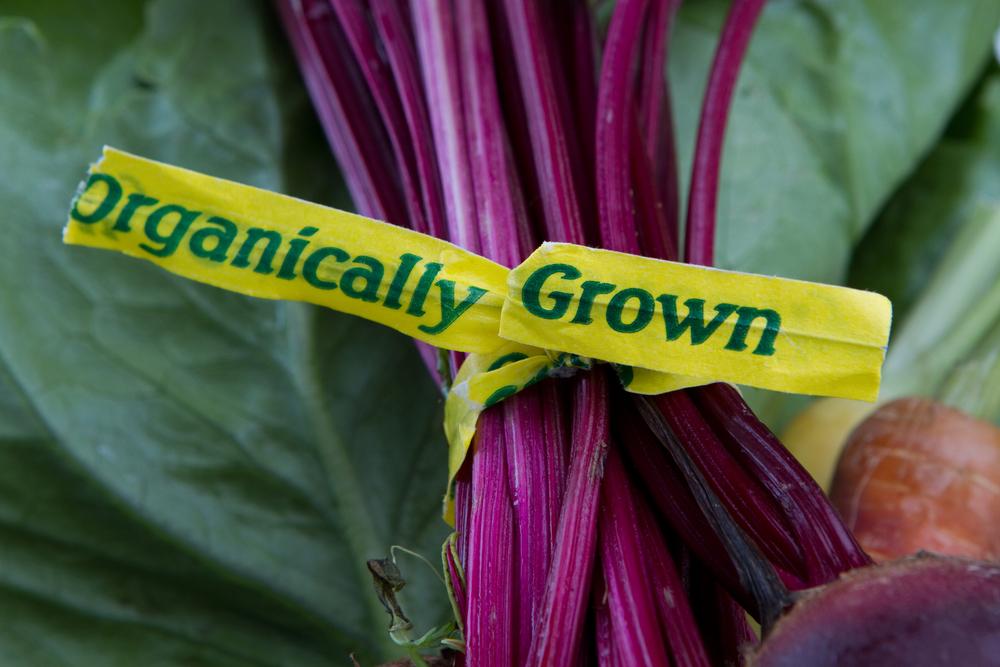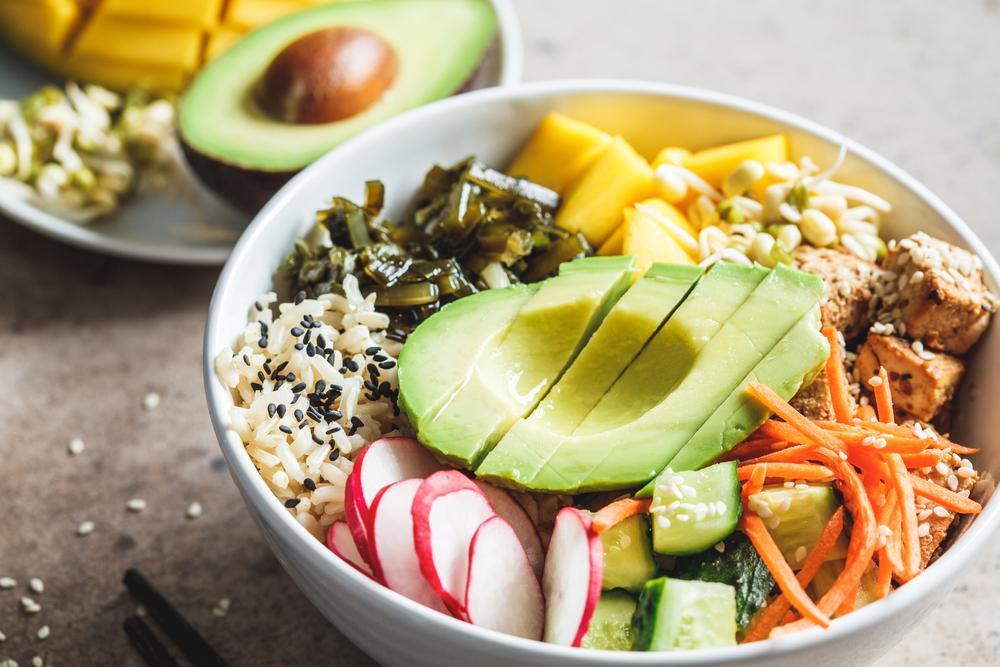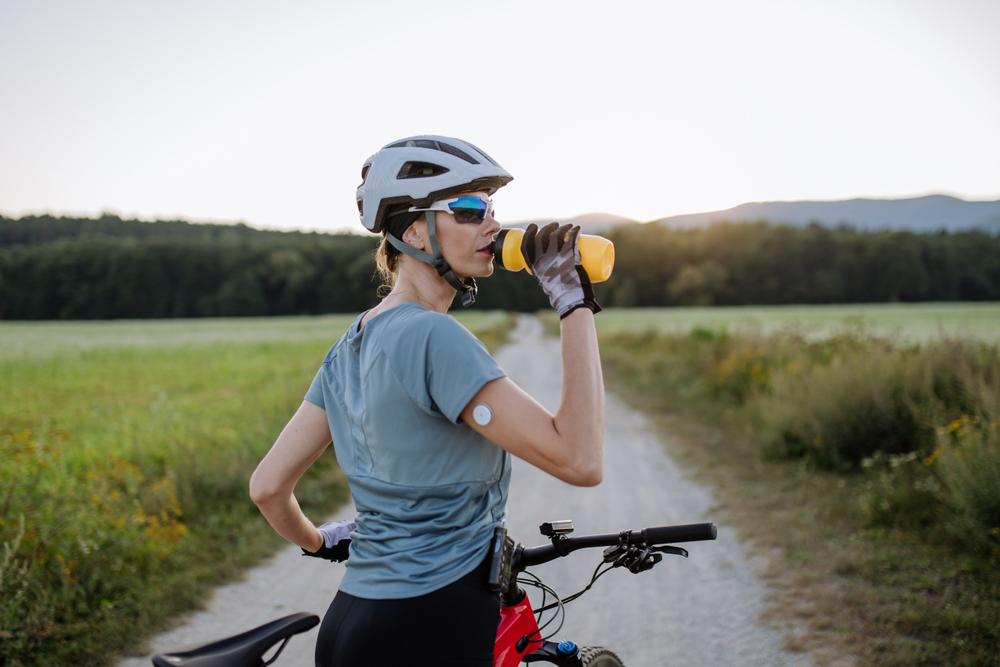 You might have found yourself in the grocery store staring at two similar bars or drink mixes on the shelf. While they look pretty similar at a glance, the labels on the back may look completely different. Why is that? It’s because one is using a nutrition facts label while the other has what’s called a supplement facts label. While both are regulated, there are important differences between the two that athletes and parents need to be aware of to avoid the potential of unintentionally ingesting harmful substances and/or ones banned in sport.
You might have found yourself in the grocery store staring at two similar bars or drink mixes on the shelf. While they look pretty similar at a glance, the labels on the back may look completely different. Why is that? It’s because one is using a nutrition facts label while the other has what’s called a supplement facts label. While both are regulated, there are important differences between the two that athletes and parents need to be aware of to avoid the potential of unintentionally ingesting harmful substances and/or ones banned in sport.
Here, Amy Eichner, PhD, a Special Advisor on Drugs and Supplements for the U.S. Anti-Doping Agency, is breaking down what each label is required to tell you—and what they aren’t. We also get into some of the ethical gray areas of supplement labeling, so you know what to look out for.
There are regulations for both—but they’re not perfect
“There are regulations that dictate what has to go on either label, but they are different,” explains Eichner. “You do have to list everything that’s in either type, but the FDA (Food and Drug Administration) doesn’t evaluate supplement labels before products go to market. Companies can miss listing things or avoid listing things, and no one is going to catch it beforehand.” As such, there are many cases where a tainted supplement is to blame for a positive anti-doping test or health issue. By using a supplement facts label, a company evades a lot of scrutiny from the FDA, whereas food that carries a nutrition label is required by the FDA to only use food ingredients that are “generally regarded as safe.”
“Proprietary blends” make supplements difficult to regulate
Supplements are required to list all ingredients, but they don’t need to include amounts. “This means that a supplement facts panel can have proprietary blends, where the full amount of each ingredient isn’t listed,” says Eichner. In this case, you’ll be able to see what is in a certain supplement, like a greens powder, but often, the creators will use a proprietary blend to use a much smaller amount of pricier ingredients on the list while adding a lot more of the cheaper ingredients. So, you don’t always get a useful product!
Daily Value (DV) is rarely defined for supplements
 A nutrition facts panel has to list certain vitamins, minerals, and macronutrients, as well as the DV of each and what percentage of that is in each serving. “But for a lot of supplement ingredients, there isn’t a defined DV,” says Eichner. “For example, there’s no defined requirement for Horny Goat Weed or another herbal ingredient.”
A nutrition facts panel has to list certain vitamins, minerals, and macronutrients, as well as the DV of each and what percentage of that is in each serving. “But for a lot of supplement ingredients, there isn’t a defined DV,” says Eichner. “For example, there’s no defined requirement for Horny Goat Weed or another herbal ingredient.”
Supplements can get more specific
You may be wondering why some ingredients on supplements seem more specific than those on a nutrition label. That’s because supplements are allowed to list the pieces of a plant used (e.g., seeds or roots) while food products cannot. Similarly, supplement labels can add sources of ingredients, such as ‘from grass fed cows’ on a whey protein powder. Foods cannot list these specifics on their nutrition labels.
Claims differ between the two
“It’s much more difficult for a food than a supplement to make a claim about how it affects your health,” says Eichner. For instance, if a supplement has vitamin D, it’s possible for that label and advertising to say that it supports immune health, whereas a food that’s high in vitamin D can’t list that on the label.
Read the badges and claims carefully and check what they really mean
 Food products have a lot of specifications and regulations around the marketing claims that they’re able to make, and they are more tightly regulated, says Eichner. “With supplements, athletes should not blindly accept or respect any kind of certification or stamp of approval,” she adds. Many supplements—especially big containers of powders—tend to have a bunch of badges on the front, which is smart marketing because it makes you assume that the brand has done a lot to ensure that a powder is high quality. But any marketer with a knowledge of Photoshop can create badges that make a product seem legitimate without doing the work to certify it with a third party.
Food products have a lot of specifications and regulations around the marketing claims that they’re able to make, and they are more tightly regulated, says Eichner. “With supplements, athletes should not blindly accept or respect any kind of certification or stamp of approval,” she adds. Many supplements—especially big containers of powders—tend to have a bunch of badges on the front, which is smart marketing because it makes you assume that the brand has done a lot to ensure that a powder is high quality. But any marketer with a knowledge of Photoshop can create badges that make a product seem legitimate without doing the work to certify it with a third party.
For instance, you may see something that claims it uses “clean-sourced ingredients,” but that doesn’t mean anything. Any stamp of approval that’s worth anything will have some kind of a self-verifiable database behind it. If you do need to use a supplement, look for third-party certified supplements.
Watch for fake ‘clean’ claims
Because of the looser rules around marketing claims, you need to read supplement labels critically. “A lot of the advertising phrases and logos that these companies use don’t have a legal meaning, or aren’t being used legally,” says Eichner. “The term ‘organic’ has a legal meaning, but it’s often used without verification on supplements. Similarly, an advertising claim that says something is ‘doping substance free’ or ‘super-duper healthy’…those are just words. They don’t have legal meaning. And even some that have legal meanings, like a ‘Good Manufacturing Practice’ label, simply mean that they’re claiming to be in compliance with the current standards for manufacturing set by law.”
Stick to whole foods to avoid tainted supplements
With extremely rare exceptions—like the infinitesimal chance that poppy seeds were mishandled and consumed in such vast quantities that they show up as an opioid in a drug test—whole foods simply pose less risk to athletes who are trying to eat safely and stay clean. “If you’re buying a food item that has been correctly identified as a food, you’re fine,” says Eichner. “The more your food resembles its original packaging, the better. So, if you’re eating an orange or a banana, or your food is recognizably muscle tissue from an animal, then you’re in good shape.”
__________________
Takeaway
While the labels on food products and supplements look similar, the rules governing each are very different. Supplements are less tightly regulated than food products, so opt for products that have a nutrition facts label, and ideally, are as whole food-based as possible.



